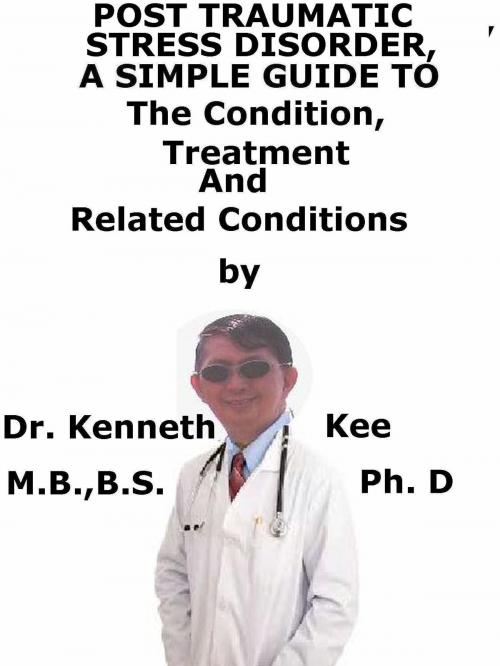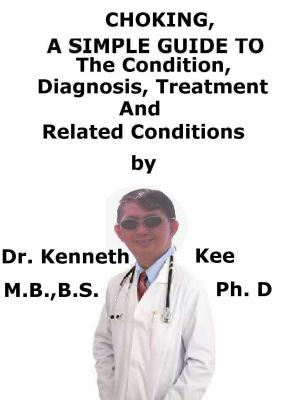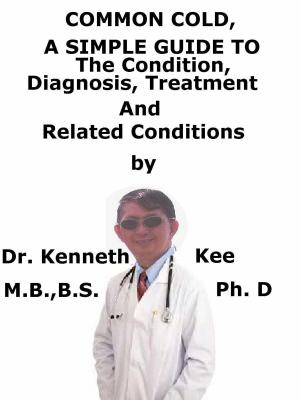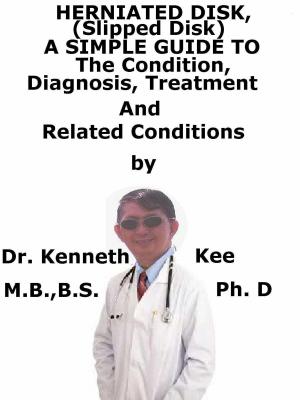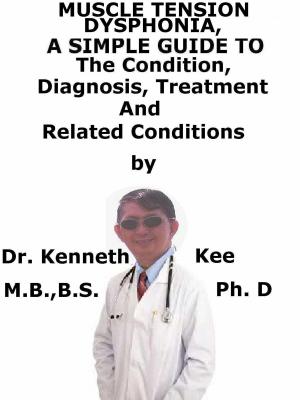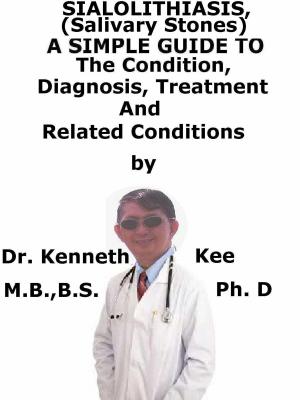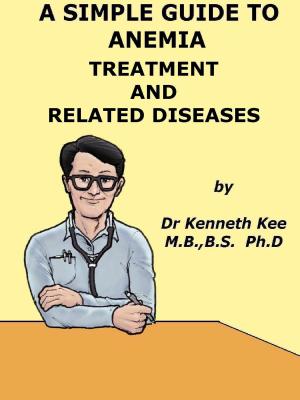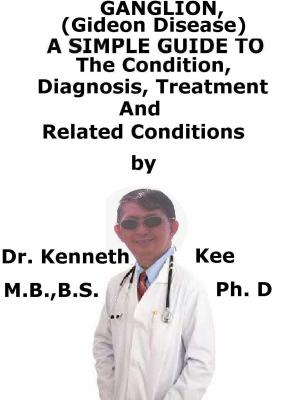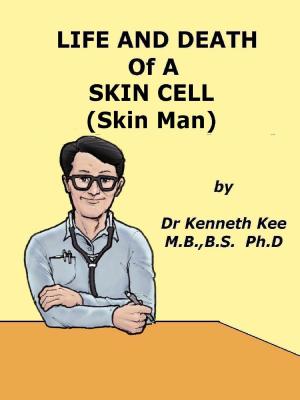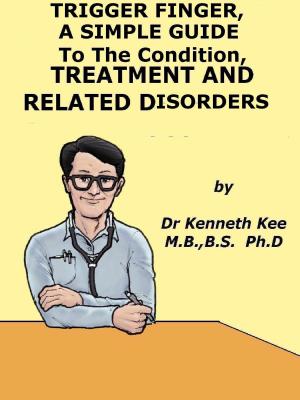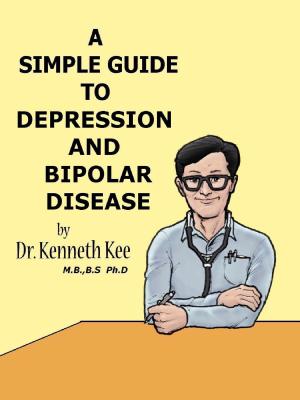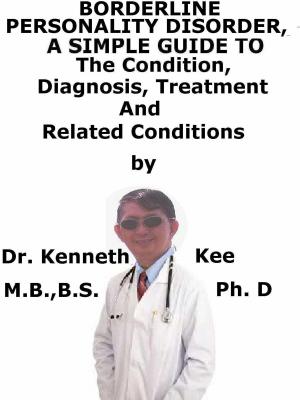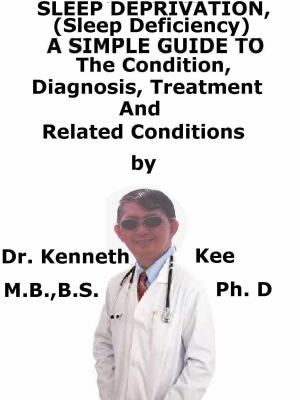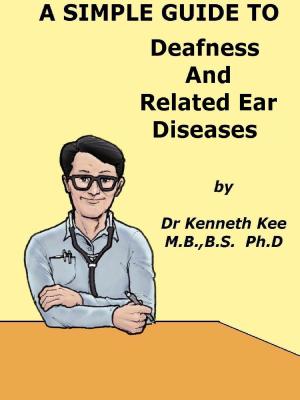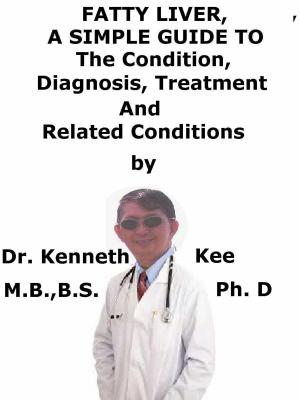Post Traumatic Stress Disorders, A Simple Guide To The Condition, Treatment And Related Conditions
Nonfiction, Health & Well Being, Health, Ailments & Diseases, Nervous System & the Brain, Psychology, Mental Illness| Author: | Kenneth Kee | ISBN: | 9781370823611 |
| Publisher: | Kenneth Kee | Publication: | November 9, 2016 |
| Imprint: | Smashwords Edition | Language: | English |
| Author: | Kenneth Kee |
| ISBN: | 9781370823611 |
| Publisher: | Kenneth Kee |
| Publication: | November 9, 2016 |
| Imprint: | Smashwords Edition |
| Language: | English |
Post Traumatic Stress Disorder
Is this the hero of whom I have read
Curled up in a blanket on the hospital bed
He twisted and turned as he slept
This dreaming savior of people wept
He saw the number of people trapped in a burning office building
And some that jumped to their death to escape the burning
He rushed through the burning downstairs door
And up the stairs to the occupied floor
The people were trapped by the locked stairs door
They could not get out by the stairs from their floor
He unlocked each locked door and called to the trapped
‘Come and get out down the stairs by the steps’
He pushed them down the stairs with quiet authority
‘Do not jump, I will lead you down the stairs warily’
And he did so with the greatest impunity
The people rushed out of the burning door readily
There were some minor burns to the skin
But they have survived the fire without jumping
He remembered those who jumped and the fear on their faces
It was a nightmare to remember in any place
He could not eat or drink and tried to sleep
But sleep would not come as he continued to weep
His heart was sad as he remembered the tragic events of the day
Happy are the families of those saved who can see their children play.
-An original poem by Kenneth Kee
Post Traumatic Stress Disorder is a psychosocial stress caused by exposure to an extreme stress occurrence in the work place or at home.
1. Witnessing the death of a colleague shot by a robber or crushed by a collapsed heavy machinery
2. Seeing a person falls from great heights and seriously injured
3. Witnessing the amputation of a colleague’s limb
4. Accident involving explosion or fire
5. Violence or fighting at work
The appearance of occupational Post Traumatic Stress disorder may vary from mild presentation of insomnia to the more severe presentation of panic and nervous breakdown.
1. Re-experiencing symptoms
a. Flashbacks of accident or traumatic events for minutes or days
b. Post Traumatic Stress dreams and nightmares of the traumatic event
c. Frightened easily by loud noises.
Re-experiencing symptoms may cause problems in a person’s everyday routine.
2. Avoidance of the traumatic site or thinking about the event
a. Avoidance away from places, events or objects that are reminders of the experience
b. Feeling Emotional upset and numb
c. Feeling strong guilt, depression or worry
d. Losing interest in activities that were enjoyable in the past
e. Having trouble remembering the dangerous event.
f. Things that remind a person of the traumatic event can trigger avoidance symptoms.
g. These symptoms may cause a person to change his or her personal routine.
3. Hyper arousal symptoms
Hyper arousal symptoms are usually constant instead of being triggered by things that remind one of the traumatic events.
These symptoms may make it hard to do daily tasks such as sleeping, eating or concentrating.
Sometimes people have very serious symptoms that go away after a few weeks.
This is called acute stress disorder or ASD.
When the symptoms last more than a few weeks and become an ongoing problem, they might be PTSD.
To be diagnosed with PTSD a person must have all of the following for at least 1 month:
1. At least one re-experiencing symptom
2. At least three avoidance symptoms
3. At least two hyper arousal symptoms
Counseling and education will help patient to return to work without feeling fear or panic about their working place.
Encourage the affected persons to talk and share their traumatic experience
Antidepressant medicines may help.
TABLE OF CONTENT
Introduction
Chapter 1 Post Traumatic Stress Disorders
Chapter 2 Interesting Facts about PTSD
Chapter 3 Treatment of PTSD
Chapter 4 Panic
Chapter 5 Anxiety
Chapter 6 Depression
Epilogue
Post Traumatic Stress Disorder
Is this the hero of whom I have read
Curled up in a blanket on the hospital bed
He twisted and turned as he slept
This dreaming savior of people wept
He saw the number of people trapped in a burning office building
And some that jumped to their death to escape the burning
He rushed through the burning downstairs door
And up the stairs to the occupied floor
The people were trapped by the locked stairs door
They could not get out by the stairs from their floor
He unlocked each locked door and called to the trapped
‘Come and get out down the stairs by the steps’
He pushed them down the stairs with quiet authority
‘Do not jump, I will lead you down the stairs warily’
And he did so with the greatest impunity
The people rushed out of the burning door readily
There were some minor burns to the skin
But they have survived the fire without jumping
He remembered those who jumped and the fear on their faces
It was a nightmare to remember in any place
He could not eat or drink and tried to sleep
But sleep would not come as he continued to weep
His heart was sad as he remembered the tragic events of the day
Happy are the families of those saved who can see their children play.
-An original poem by Kenneth Kee
Post Traumatic Stress Disorder is a psychosocial stress caused by exposure to an extreme stress occurrence in the work place or at home.
1. Witnessing the death of a colleague shot by a robber or crushed by a collapsed heavy machinery
2. Seeing a person falls from great heights and seriously injured
3. Witnessing the amputation of a colleague’s limb
4. Accident involving explosion or fire
5. Violence or fighting at work
The appearance of occupational Post Traumatic Stress disorder may vary from mild presentation of insomnia to the more severe presentation of panic and nervous breakdown.
1. Re-experiencing symptoms
a. Flashbacks of accident or traumatic events for minutes or days
b. Post Traumatic Stress dreams and nightmares of the traumatic event
c. Frightened easily by loud noises.
Re-experiencing symptoms may cause problems in a person’s everyday routine.
2. Avoidance of the traumatic site or thinking about the event
a. Avoidance away from places, events or objects that are reminders of the experience
b. Feeling Emotional upset and numb
c. Feeling strong guilt, depression or worry
d. Losing interest in activities that were enjoyable in the past
e. Having trouble remembering the dangerous event.
f. Things that remind a person of the traumatic event can trigger avoidance symptoms.
g. These symptoms may cause a person to change his or her personal routine.
3. Hyper arousal symptoms
Hyper arousal symptoms are usually constant instead of being triggered by things that remind one of the traumatic events.
These symptoms may make it hard to do daily tasks such as sleeping, eating or concentrating.
Sometimes people have very serious symptoms that go away after a few weeks.
This is called acute stress disorder or ASD.
When the symptoms last more than a few weeks and become an ongoing problem, they might be PTSD.
To be diagnosed with PTSD a person must have all of the following for at least 1 month:
1. At least one re-experiencing symptom
2. At least three avoidance symptoms
3. At least two hyper arousal symptoms
Counseling and education will help patient to return to work without feeling fear or panic about their working place.
Encourage the affected persons to talk and share their traumatic experience
Antidepressant medicines may help.
TABLE OF CONTENT
Introduction
Chapter 1 Post Traumatic Stress Disorders
Chapter 2 Interesting Facts about PTSD
Chapter 3 Treatment of PTSD
Chapter 4 Panic
Chapter 5 Anxiety
Chapter 6 Depression
Epilogue
